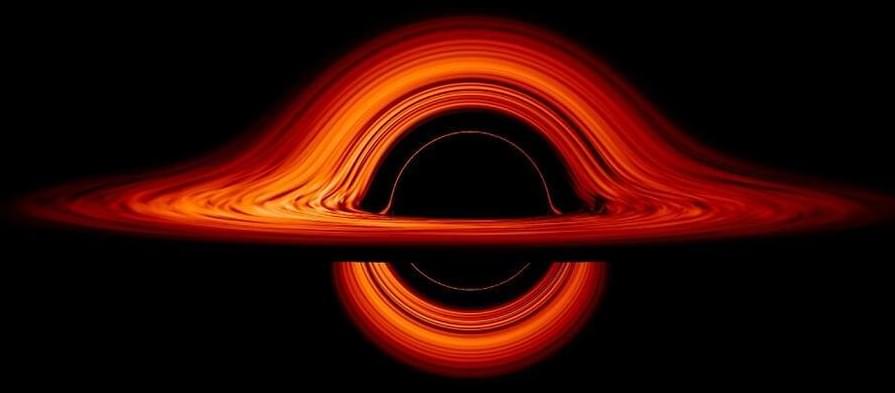Dark Energy Camera Plane Survey took two years to conclude.
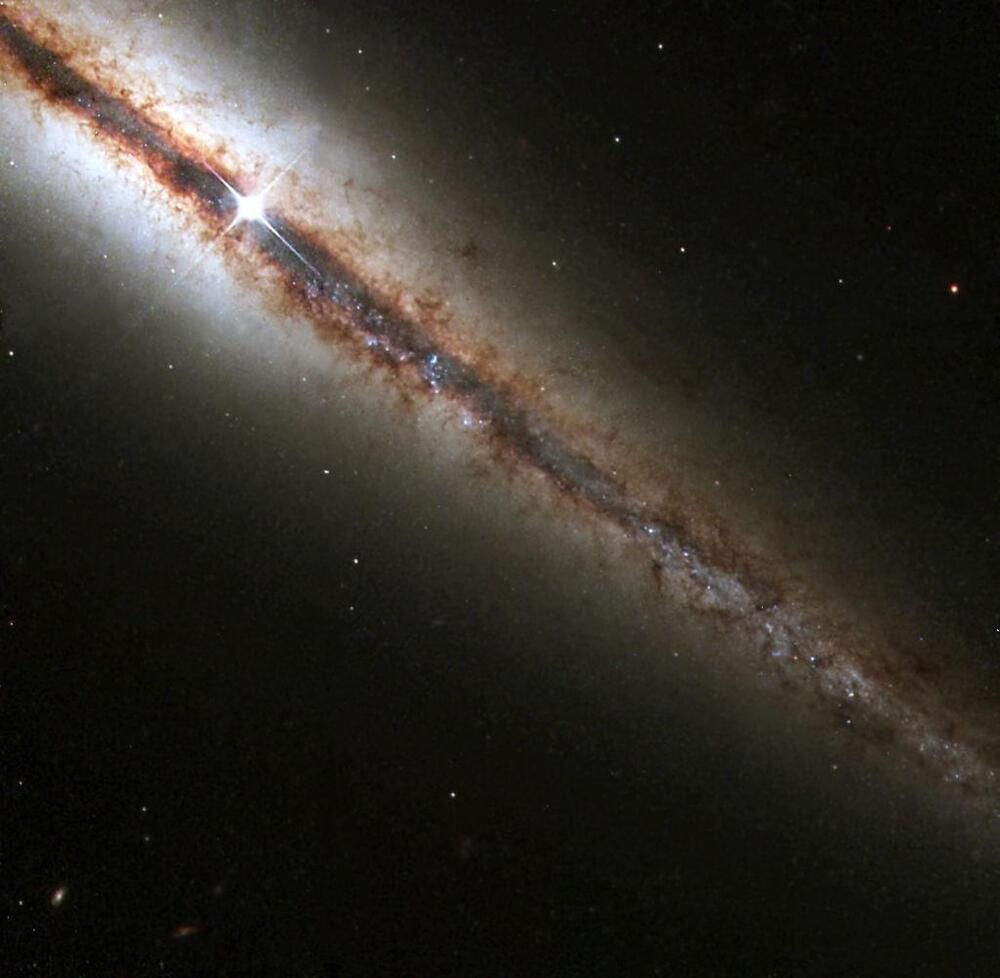

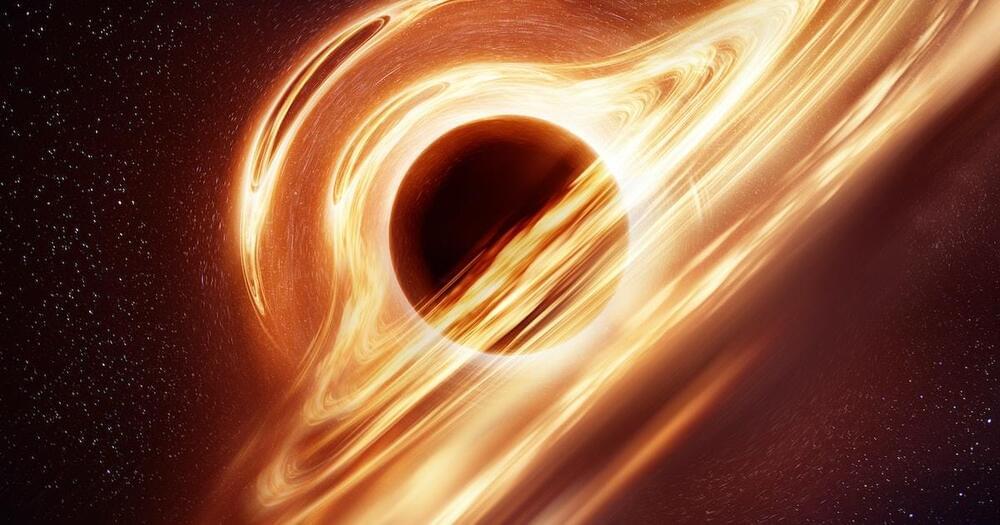
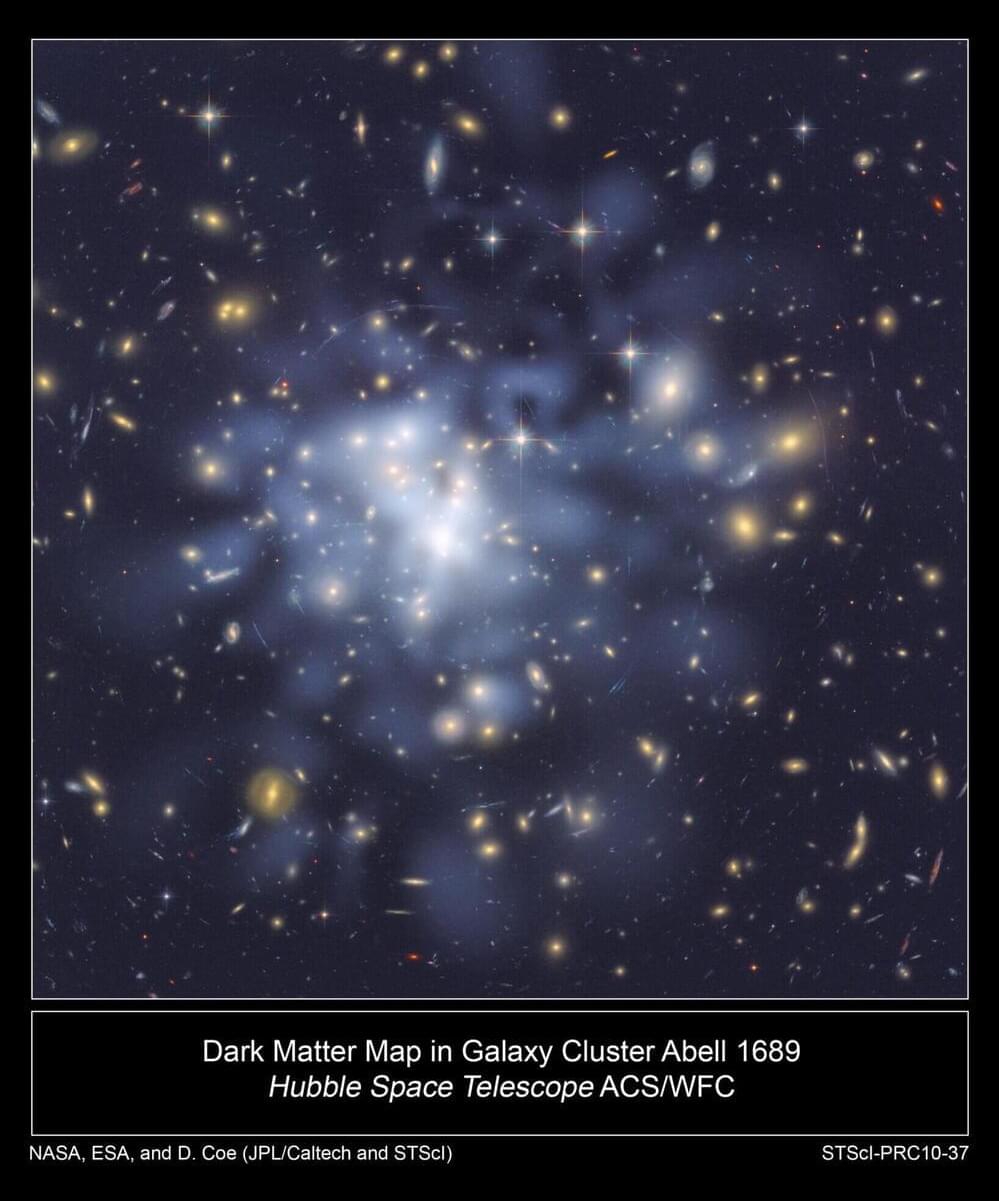
Dark matter remains one of the greatest mysteries of modern physics. It is clear that it must exist, because without dark matter, for example, the motion of galaxies cannot be explained. But it has never been possible to detect dark matter in an experiment.
Currently, there are many proposals for new experiments: They aim to detect dark matter directly via its scattering from the constituents of the atomic nuclei of a detection medium, i.e., protons and neutrons.
A team of researchers—Robert McGehee and Aaron Pierce of the University of Michigan and Gilly Elor of Johannes Gutenberg University of Mainz in Germany—has now proposed a new candidate for dark matter: HYPER, or “HighlY Interactive ParticlE Relics.”

Octopuses have fascinated scientists and the public with their remarkable intelligence, from using tools to engaging in creative play, problem-solving, and even escaping from aquariums. Now, their cognitive abilities may provide significant insight into understanding the evolution of complex life and cognition, including the human brain.
An international team of researchers from Dartmouth College and the Max Delbrück Center (MDC) in Germany has published a study in the journal Science Advances.
<em>Science Advances</em> is a peer-reviewed, open-access scientific journal that is published by the American Association for the Advancement of Science (AAAS). It was launched in 2015 and covers a wide range of topics in the natural sciences, including biology, chemistry, earth and environmental sciences, materials science, and physics.


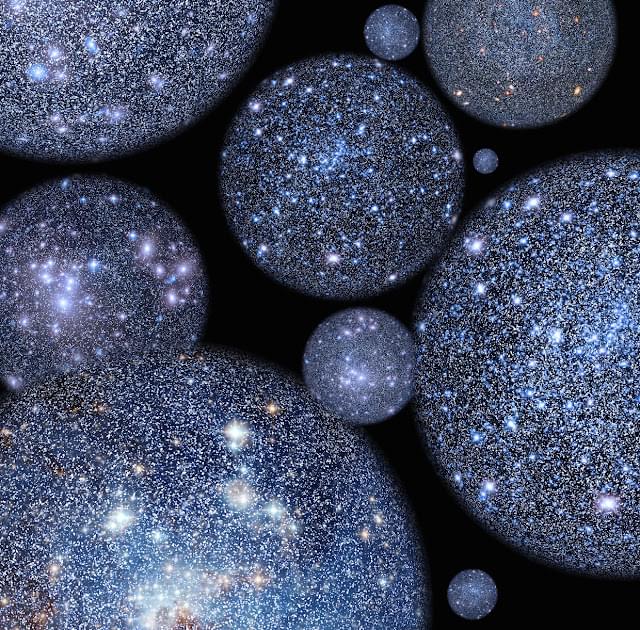
Scientists find traces of black holes from other universes in the night sky. This shows that there have been other universes.
New Scientist says that the idea is based on a thing called “conformal cyclic cosmology” (CCC). It means that our universe didn’t start with a single Big Bang. Instead, it goes through cycles of Big Bangs and shrinking.
Even though most of the universe would be destroyed from one cycle to the next, these scientists say that some electromagnetic radiation might make it through the process. Their research results have been posted on arXiv.
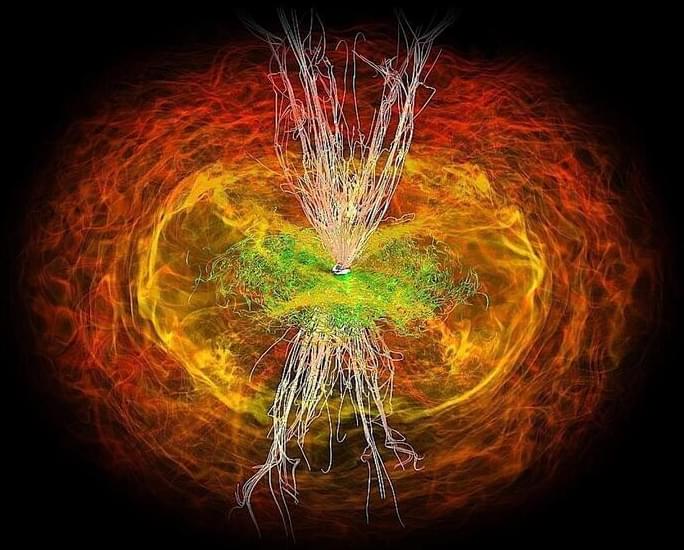
Scientists have advanced in discovering how to use ripples in space-time known as gravitational waves to peer back to the beginning of everything we know. The researchers say they can better understand the state of the cosmos shortly after the Big Bang by learning how these ripples in the fabric of the universe flow through planets and the gas between the galaxies.
“We can’t see the early universe directly, but maybe we can see it indirectly if we look at how gravitational waves from that time have affected matter and radiation that we can observe today,” said Deepen Garg, lead author of a paper reporting the results in the Journal of Cosmology and Astroparticle Physics. Garg is a graduate student in the Princeton Program in Plasma Physics, which is based at the U.S. Department of Energy’s (DOE) Princeton Plasma Physics Laboratory (PPPL).
Garg and his advisor Ilya Dodin, who is affiliated with both Princeton University and PPPL, adapted this technique from their research into fusion energy, the process powering the sun and stars that scientists are developing to create electricity on Earth without emitting greenhouse gases or producing long-lived radioactive waste. Fusion scientists calculate how electromagnetic waves move through plasma, the soup of electrons and atomic nuclei that fuels fusion facilities known as tokamaks and stellarators.

